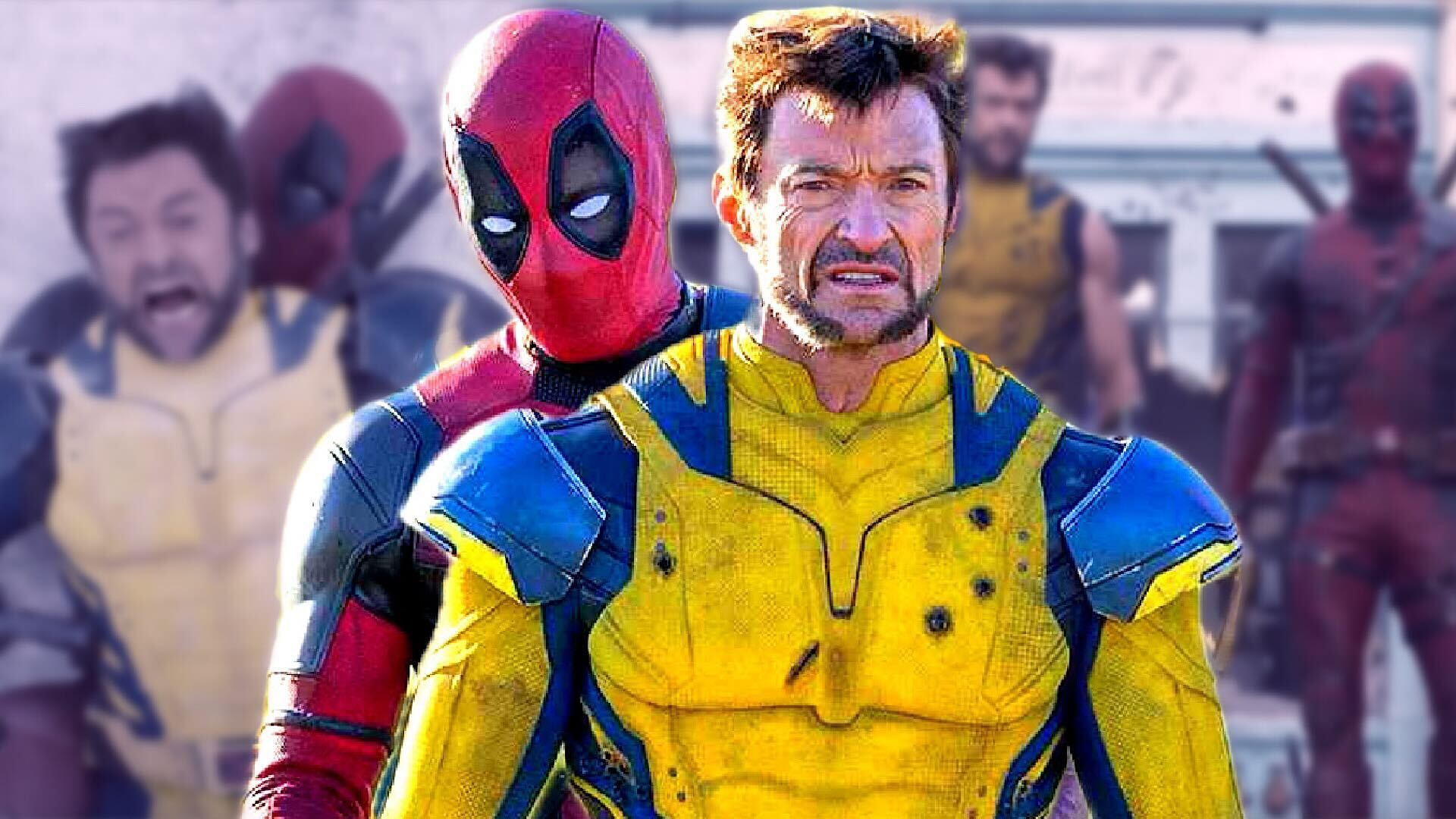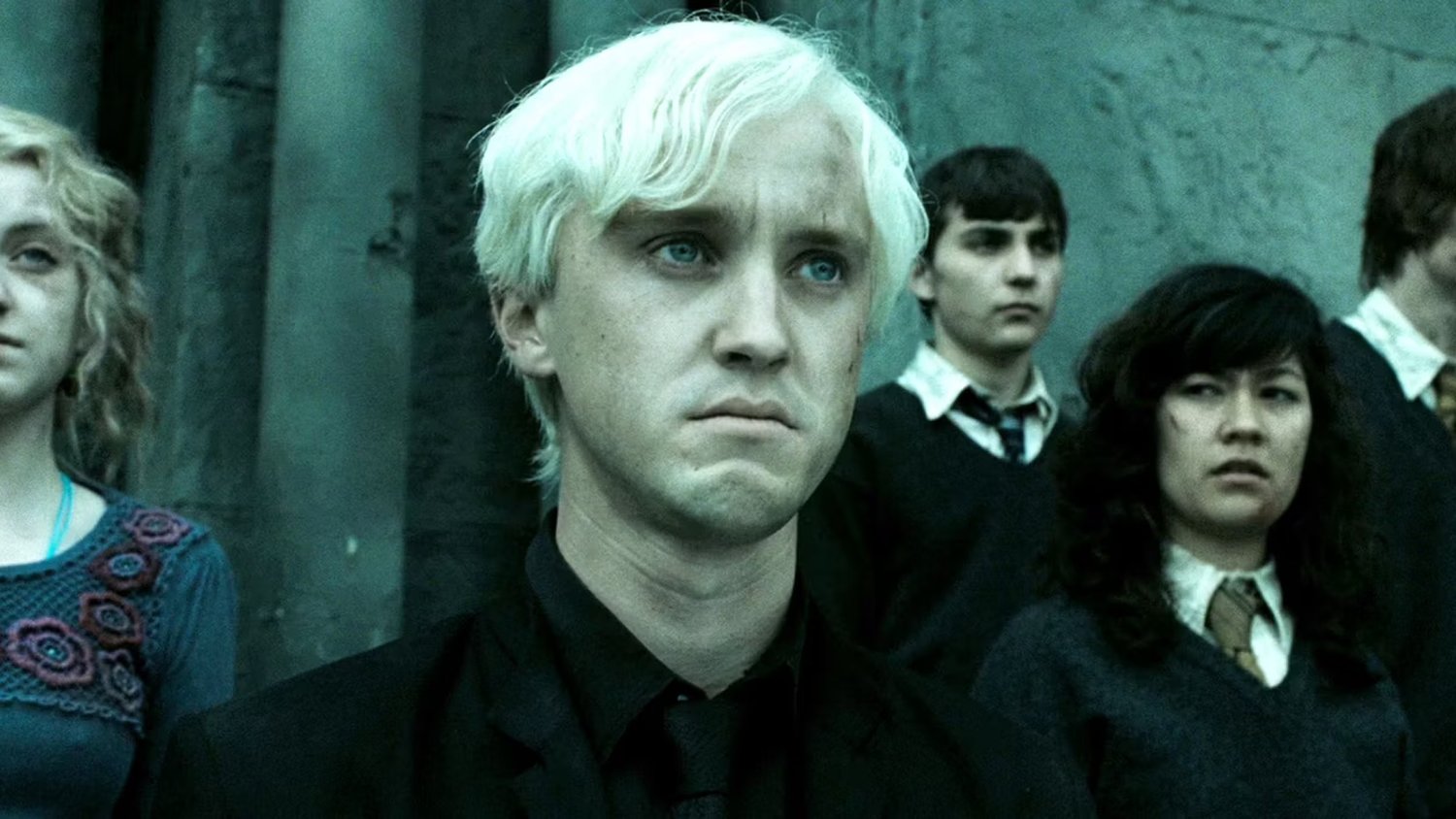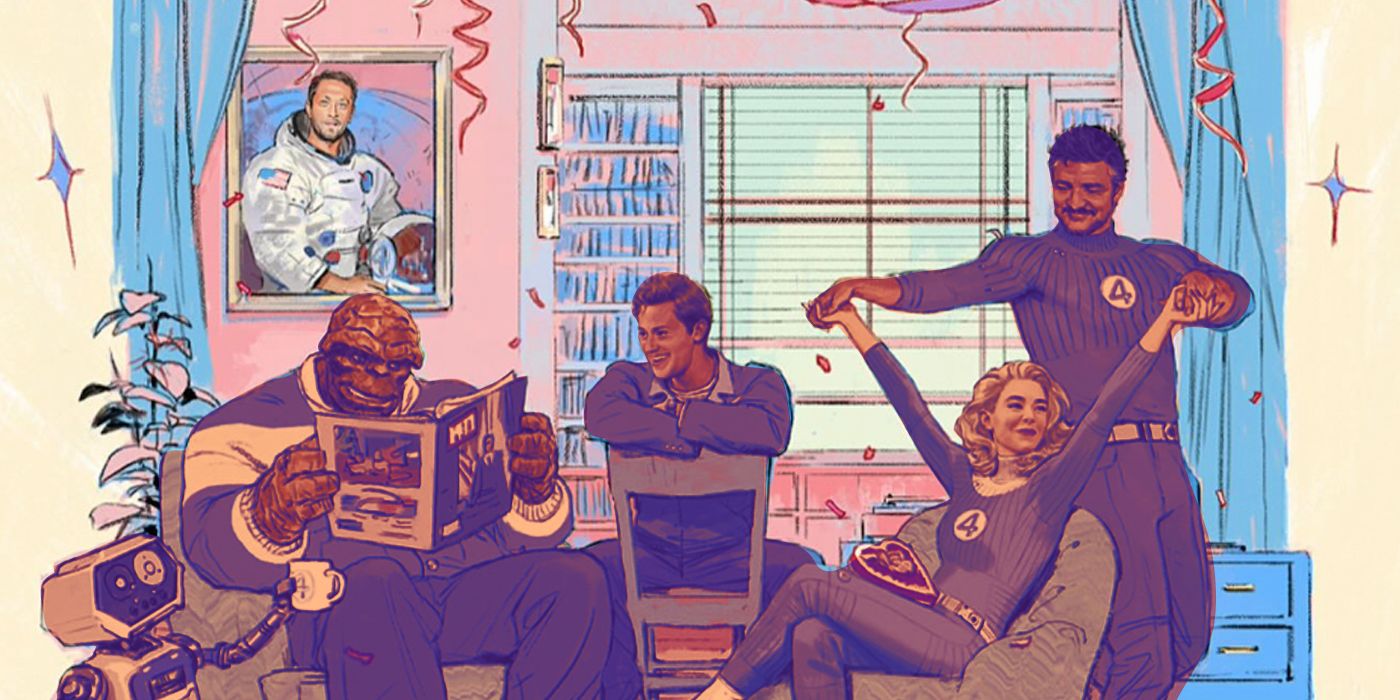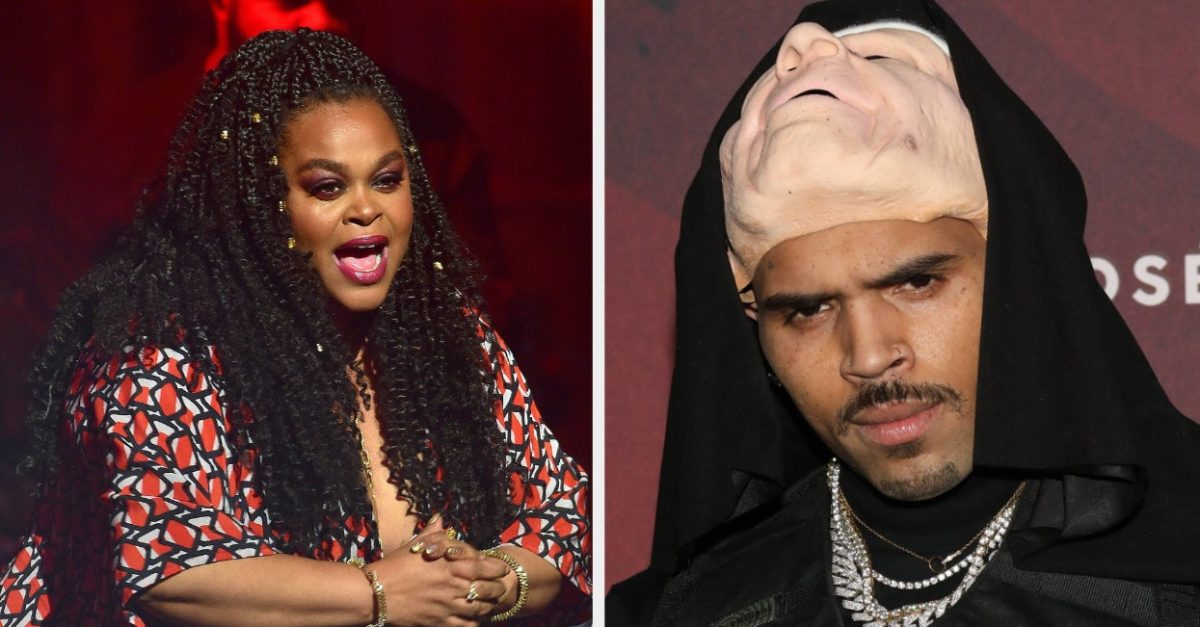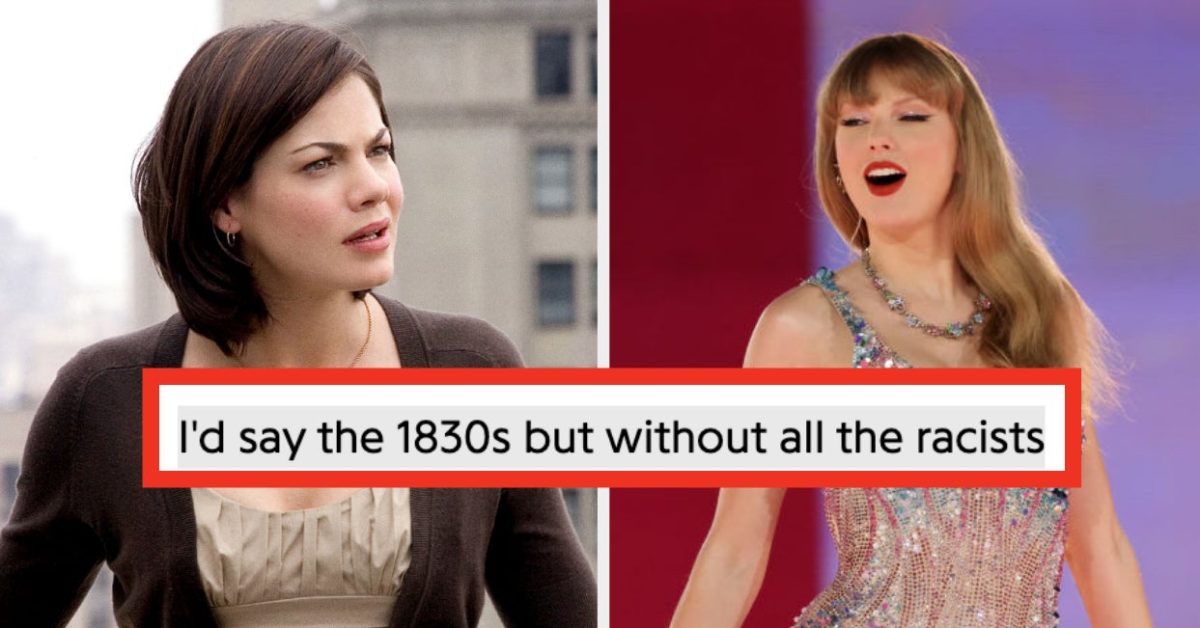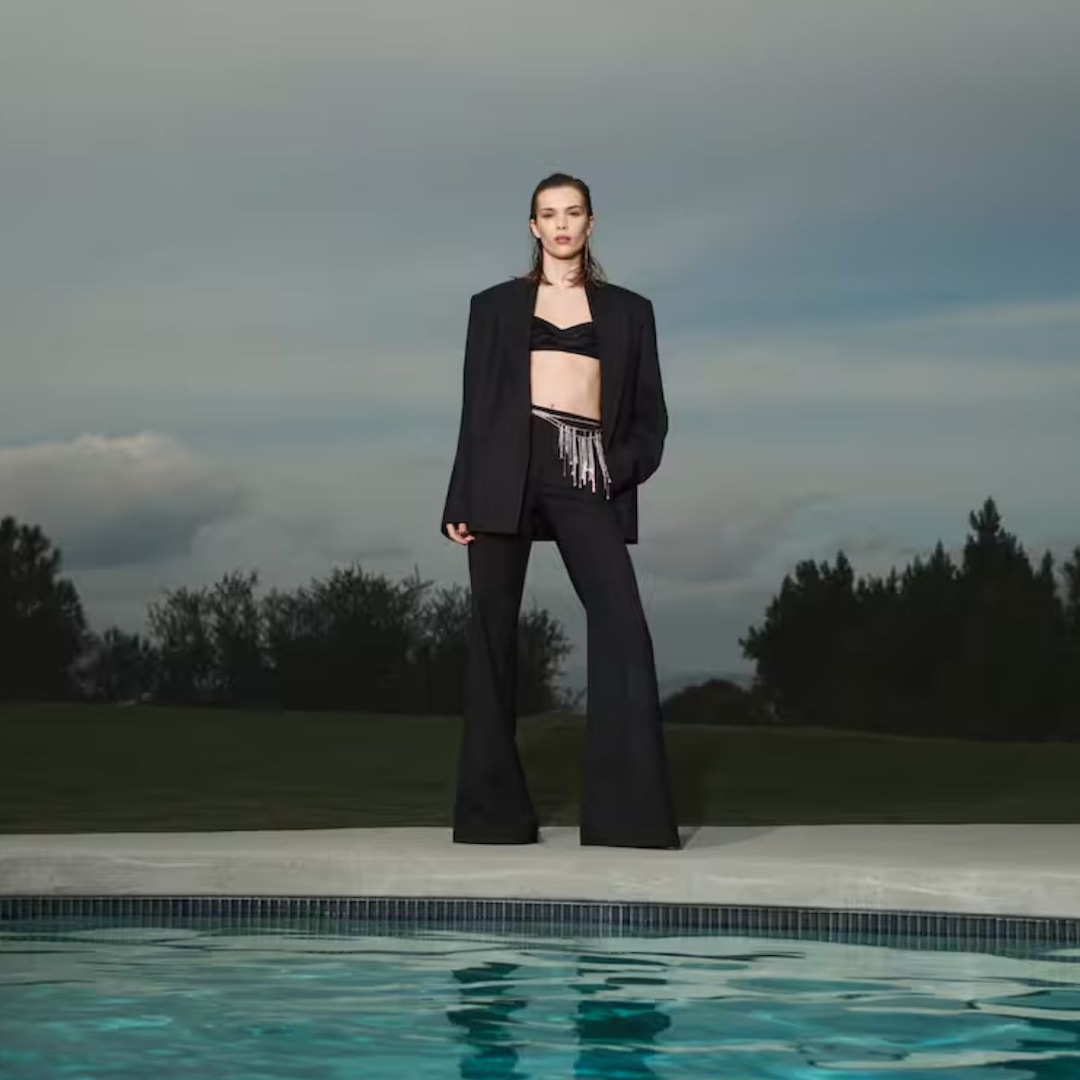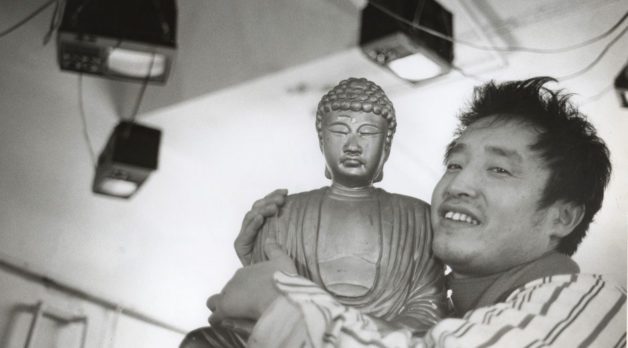
“I Was Basically Operating as a One Man Band”: DP Nelson Walker on Nam June Paik: Moon Is the Oldest TV
Feb 9, 2023
Nam June Paik: Moon is the Oldest TV
Seminal video artist Nam June Paik and his extensive roster of iconic collaborators are the subject of Amanda Kim’s documentary Nam June Paik: Moon Is the Oldest TV. Utilizing archival footage and interviews with Paik’s contemporaries, the film also features Steven Yeun reading excerpts from Paik’s journals and artistic statements to bring the revolutionary creative to life anew.
Cinematographer Nelson Walker discusses how he approached lensing the project, which began remotely due to COVID protocols.
See all responses to our annual Sundance cinematographer interviews here.
Filmmaker: How and why did you wind up being the cinematographer of your film? What were the factors and attributes that led to your being hired for this job?
Walker: Amanda first approached me in the fall of 2020. I believe she got my name from David Koh. Off the bat I was very excited about the project. I knew of Nam June Paik’s work and was fascinated by it, so naturally I was enthusiastic to learn more about him.
During our initial conversation, Amanda explained that she had started the film with another DP who had developed a system for remote filming that she was very keen on using. Many of Nam June’s contemporaries were in their 70s and 80s, and Amanda did not want to expose them to COVID—plus using remote technology was in keeping with Nam June’s work. Amanda was looking for a DP who felt comfortable learning the system and working with it.
I was shooting a lot during the early days of the pandemic, but I hadn’t yet worked with a remote setup, so was eager to try. In the end, I guess I had the right mix of technical proficiency, collaborative spirit, and enthusiasm for Nam June that Amanda was looking for.
Filmmaker: What were your artistic goals on this film, and how did you realize them? How did you want your cinematography to enhance the film’s storytelling and treatment of its characters?
Walker: I care a lot about the people I film. When a person agrees to be recorded for a documentary film, it is often an act of generosity, and I am aware of the great privilege and responsibility that I have as caretaker of that person’s image. My main goal in this film, and most others I work on, is to make subjects feel at ease with the filming process so that they can be themselves when the camera starts rolling.
As I mentioned earlier, we began shooting the film using a remote filming setup, so in the early days, I was the only person physically in the room with the subject. Amanda would conduct her interviews through an iPad. It was a method born of necessity—the dangers of COVID were real for many of our interviewees, and the technological aspect of it felt totally Nam June—but I also knew that Amanda’s presence on set would make the interviews even better. As the rhythms of the pandemic began to change, we adapted our approach to have Amanda on set, and achieved even greater intimacy with our subjects.
Filmmaker: Were there any specific influences on your cinematography, whether they be other films, or visual art, of photography, or something else?
Walker: At the start of the project Amanda shared a selection of reference images from a wide assortment of films and photographers, and we discussed a look for the film—but mostly it just happened organically. We would arrive at a space and find our best set-up. In many instances, we prioritized the comfort of our subject over aesthetics, knowing that this would lead to the best material.
In anything I shoot, I always have to mention Albert Maysles as a primary influence. He was my mentor and like a second father to me. I learned a great deal from him about cinematography, but beyond that, he was an extraordinary example of how to be oneself around other people.
Filmmaker: What were the biggest challenges posed by production to those goals?
Walker: During remote shooting I was basically operating as a one man band, which meant that every step of the process took a lot more time—from the load-in, to finding the shot with Amanda over FaceTime, and also set-up and breakdown. It’s a mundane challenge, but anyone who’s been on set knows that time is precious and we were constantly up against it.
Filmmaker: What camera did you shoot on? Why did you choose the camera that you did? What lenses did you use?
Walker: We shot the majority of our interviews on the BlackMagic Pocket Camera 6K, configured with a PL mount and Arri/Zeiss 35mm high speed mark III Prime T1.3. For the b-camera we used an iPhone 11 Pro, outfitted with a telephoto lens, and FilmicPro. Additional interviews and b-roll were shot on a variety of other cameras, including the Sony FS7, Sony FX9, Panasonic S1H, Panasonic GH5, Arri Amira, and Canon C500.
Filmmaker: Describe your approach to lighting.
Walker: Our approach to lighting was pretty simple. We had a basic lighting kit, consisting of one LightPanel Astra 6x and a couple of Westcott Flex 1×1 LEDS. On a few of the later shoots we used an Aputure 300x in addition to the Astra and Westcotts.
In general, we made use of natural and practical light, augmented by the lights we had. When natural/practical light was insufficient, we’d bounce our lights off the wall or ceiling.
Filmmaker: What was the most difficult scene to realize and why? And how did you do it?
Walker: There’s no one scene that sticks out as being the most difficult, but we had a number of challenging situations with mixed or changing light, or rooms that had no obvious place to stage an interview. In these instances we were forced to accept imperfection and do our best given the constraints. This may sound like an excuse, but it’s not—you can totally blow an interview if you outstay your welcome by taking too much time trying to control everything around you. Amanda would joke and say 75%—that’s what Name June strove for, knowing perfection was impossible. It also makes room for happy accidents.
Filmmaker: Finally, describe the finishing of the film. How much of your look was “baked in” versus realized in the DI?
Walker: Although most of the key interviews were shot on the BlackMagic Pocket 6K, we ended up shooting on and using footage from many other cameras, ranging from an Arri Amira to an iPhone. There are even interviews shot on people’s home computer cameras. With all the different technologies in play, we embraced the differences and let the look of the film be variety itself, which seems appropriate to Nam June’s spirit. What appears on screen is basically what was shot in-camera, aside from some small tweaks here and there.
TECH BOX
Film Title: Nam June Paik: Moon Is the Oldest TV
Camera: BlackMagic Pocket Camera 6K, iPhone 11 Pro
Lenses: Arri/Zeiss 35mm high speed mark III Prime T1.3
Lighting: LitePanels Astra 6x, 2x Westcott Flex 1×1 Bi-Color LEDs, Aputure 300x
Color Grading: Da Vinci Resolve
Publisher: Source link
Jill Scott’s Chris Brown Tweet Faces Backlash
*deep sigh* In times like this, I wish Jill would've remembered and practiced her own lyrics, "Maybe we could just be silent." If you or someone you know is in immediate danger as a result of domestic violence, call 911.…
Apr 25, 2024
Skai Jackson Reveals Where She Stands With Her Jessie Costars
After starring as brainy Ren Stevens for three years on Even Stevens, bringing the titular Kim Possible to life, and starring opposite Hilary Duff in the 2002 DCOM Cadet Kelly, Christy Carlson Romano took to Broadway for a 31-week run…
Apr 25, 2024
Taylor Swift Lyrics About 1830s Has People Really Confused
taylor swift: the old world was misogynistic and racist, but people are blinded by aesthetics and nostalgia. in reality i would’ve hated being theretwitter users: she’s racist— who’s afraid of little old elin? (@tsignelin) April 19, 2024 Disclaimer: This story…
Apr 24, 2024
Victoria Beckham’s New Collaboration With Mango Is as Posh as It Gets
We independently selected these deals and products because we love them, and we think you might like them at these prices. E! has affiliate relationships, so we may get a commission if you purchase something through our links. Items are…
Apr 24, 2024
